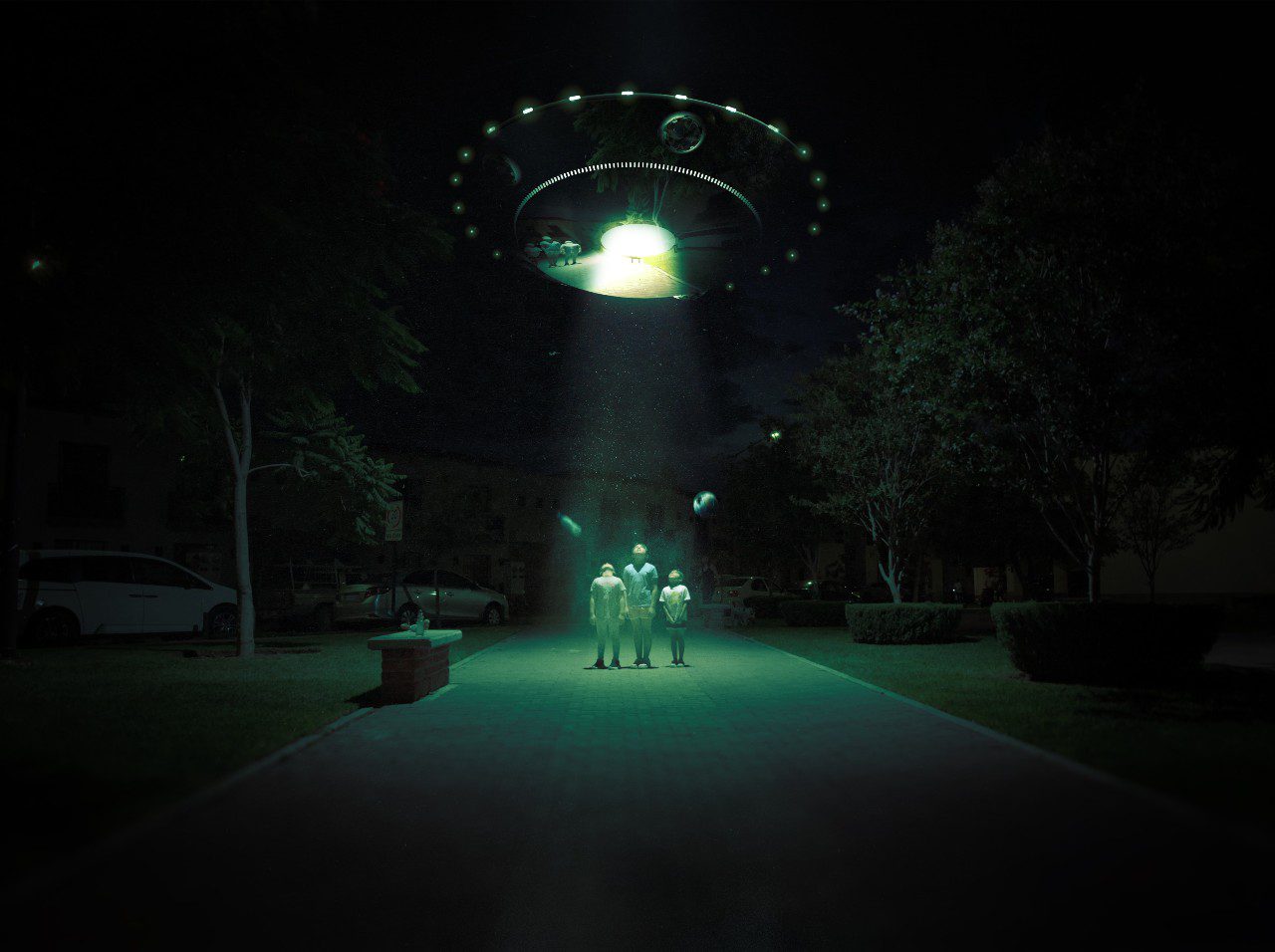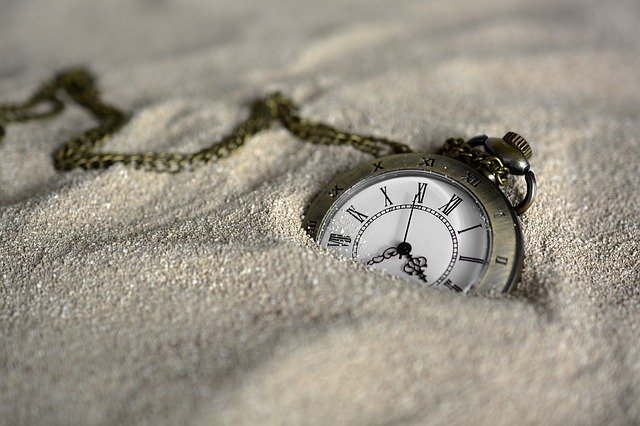Have you ever considered renaming our planet ‘Ocean’, or taking an alien on a journey across the globe? Well, Atul Kumar, in his book Alien Places does just that, and much more. The book takes readers on an environmentally-awakening tour, covering ten different countries, with songs, quotes, and movies to enrich the alien’s experience here on ‘Ocean’, as they refer to it.
Atul also introduces his readers to the concept of cryonics while taking the alien through Antarctica. He interestingly uses the Antarctic midge, an insect that survives temperatures as low as minus 20 degrees celsius. It does this by losing its body water in order to prevent the formation of ice crystals which could damage its cells and tissues – what cryonicists call “vitrification”.
Being an active cryonicist himself, Atul was happy to have a conversation with Timeskipper on certain points of intersection between the environment and cryonics. Read on to see how cryonics can help preserve the environment.
The problem of overpopulation
With the world population recently hitting the 8 billion mark, overpopulation has effectively knocked on everyone’s doorstep. The environmental ramifications of this are widespread and far-reaching. Developing economies particularly are leading the population race, by currently making up approximately 83% of the world population. The lack of proper resources to educate the grassroots of society and the prevailing conditions of poverty have perpetuated this, thus forming a vicious circle, ultimately affecting the environment. More people inevitably means an increase in the consumption of essential goods: food, clothing, and shelter, which Atul refers to as ‘Minimum Viable (Human) Consumption’ (MVC). While celebrities may be known to spend big on private jets and other items of luxury, which do cause environmental degradation, we cannot ignore the fact that the consumption of day-to-day resources by a booming population leaves the world shorthanded. The global hunger numbers reflect this as they rose to 828 million in 2021.

Although we are at a point where environmental conservation should be the first thing on our to-do list, it becomes, as Atul puts it, “unethical to say that people can live below a minimum level of consumption.”
Cryonics and overpopulation: Two parallels?
Cryonicists are ever so frequently questioned on their position about cryonics with reference to overpopulation. Those uninitiated express concern that longevity, and successful cryopreservation, would end up negating the mortality rates, while new generations continue to be born. While presented with a similar question, Atul candidly responded that cryonics is something people do to live, just like a number of things an average man does in his day to not die, i.e., to prolong his own life. He emphasized that we do not question a person who is 80 years old on why they would want to live longer. In fact, their nearest and dearest would provide them with all the supportive care necessary to ensure they made it to their next birthday, and so on.
Cryonicists, in a similar fashion, care for cryonics because they want to live, and live a little longer. Questioning the cryonics movement would therefore mean asking someone not to make plans for a longer life. It is as simple as crossing a road safely even in old age. Cryonics is like making a reservation to be reanimated in the future where medical science catches up enough to reverse and cure terminal illnesses.
The shift from intergenerational equity
The principle of intergenerational equity received recognition in view of the need to preserve natural resources for the benefit of future generations. The underlying concept of saving something for the future, and not consuming all that the environment has to offer us, was propounded as the driving force towards environmental conservation. This was a novel thought in 1972, but with the growth and spread of cryonics, perspectives are set to be altered. If cryonics were to be successful, the future would include reanimated cryonicists, wanting a world to live in. This in itself should be sufficient to make cryonicists understand the importance of preserving what we have. It is not for our grandchildren anymore, but for the future ‘us’.
“It has gone from helping other people to helping ourselves”

In fact, Atul believes that just like how movements in the past were forefronted by those affected – the fight against discrimination in voting rights led by women, the Civil Rights Movement led by Martin Luther King Jr. – cryonicists have enough at stake to put up a fight for preserving the environment. In his words:
“Cryonicists have a massive personal vested interest in controlling climate change because they want to be around in the future. They don’t want their dewars flooded with water from the melting continent of Antarctica.”
By putting the responsibility onto ourselves and making ourselves accountable, cryonics can therefore have a massive impact on the conservation of the environment. Longevity will thus end up acting as a motivation to save natural resources and prevent ourselves from exploiting what is already scarce.
In a nutshell
While an increase in global population and its implications on the environment do paint a bleak picture, it may still not be too late to shift our thought process and take the reins. Cryonics, rather than being a cause for environmental degradation, has the potential to act as a reinforcing tool to save the environment so that cryonicists have someplace to live in upon being reanimated.
“No cryonicist living remotely would want their area being so flooded that cryonics ambulances cannot reach them”
Successful social movements in the past were led by those directly affected. Drawing an inference from this, it will be more likely for the current climate change movement to succeed if there is more leadership from people directly affected. That includes cryonicists and anyone who simply wants to live longer.
We are grateful to Atul Kumar for spending some time with the Timeskipper team and giving us his valuable insights, which form the subject of this article.














